
Advanced technologies can help you get relief from a range of spine conditions, with less scarring and discomfort, lower infection risk, and shorter recovery time. We have made Spine surgery effective, accurate and safe by employing the latest surgical techniques involving high resolution surgical microscope, intraoperative radiological imaging and surgical navigation system.
All difficult spine surgery cases are dealt with a team approach
No surgical work is complete without efficient physiotherapy and rehabilitation
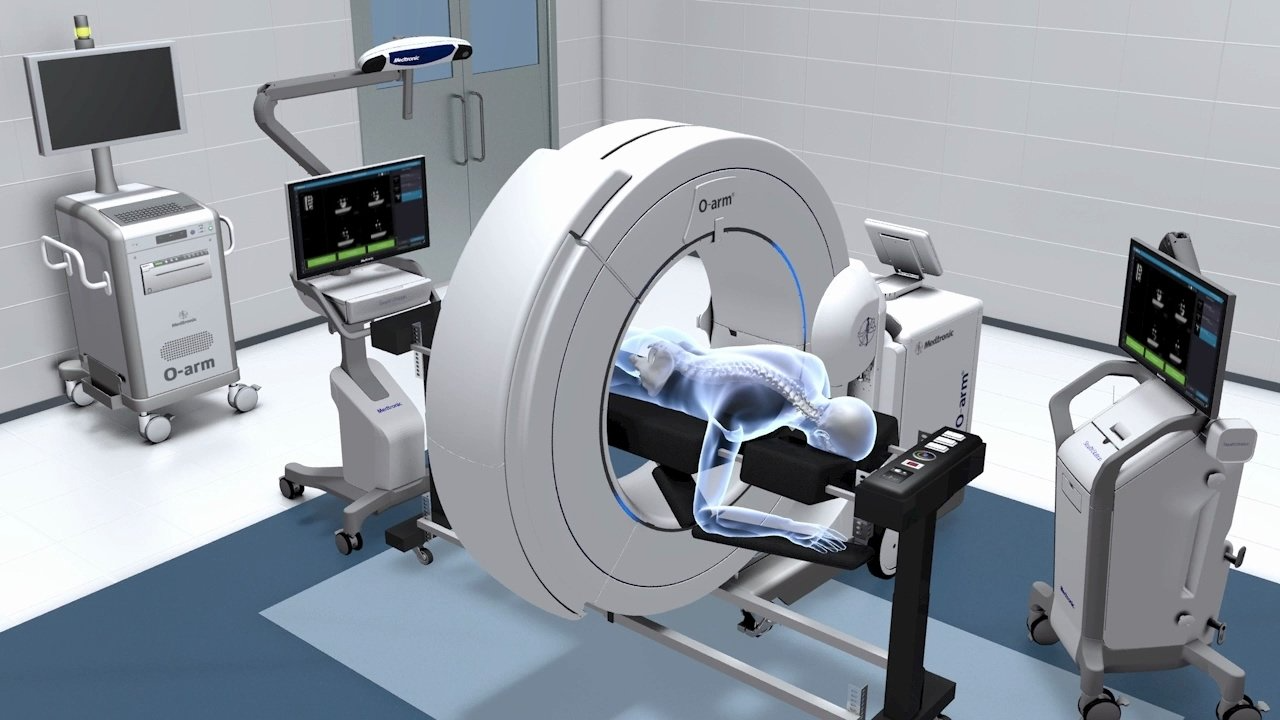
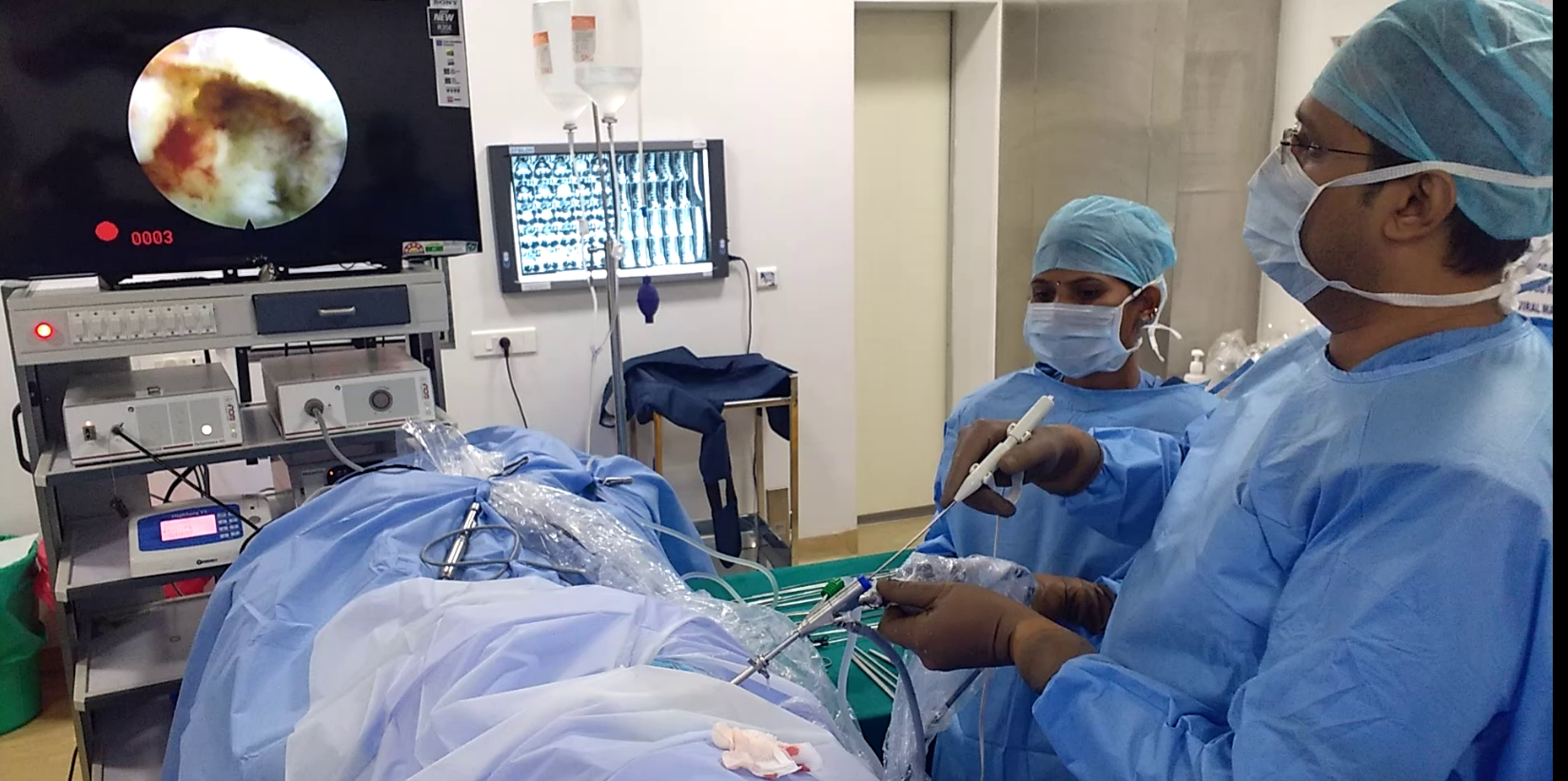
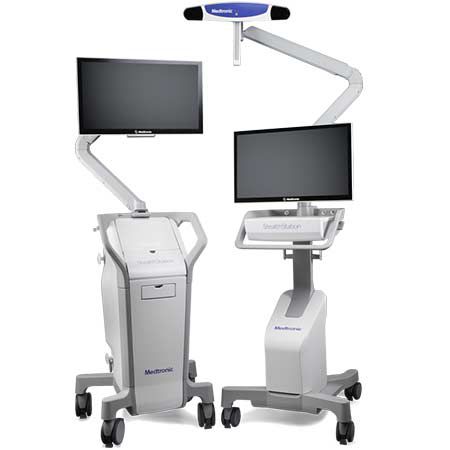
Through computer-assisted technology and highly specialized tools, minimally invasive surgery is an attractive option for patients who want a quicker recovery after surgery, less post-operative pain, and smaller incisions
There are 3 main minimally invasive spine surgery techniques
1.Percutaneous procedures
Traditional approaches require extensive removal of muscle and other tissues from the spine surface. We use O-ARM and neuronavigation to perform percutaneous (“through the skin”) placement of the rods and screws through small incisions without cutting or dissecting the underlying muscle
Other percutaneous procedures to stabilize the spine include vertebroplasty and kyphoplasty, which can be done on an outpatient basis.
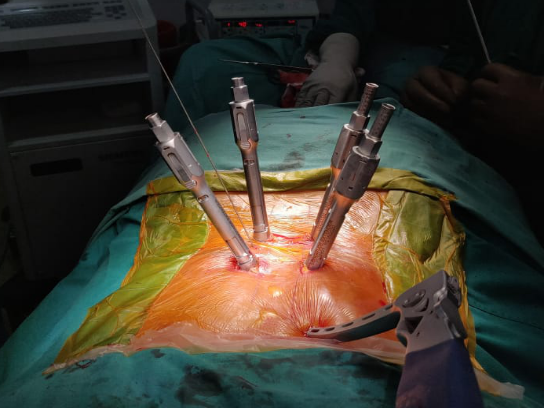
Vertebroplasty is the injection of special bone cement into a collapsed vertebra. The cement may also serve as a marker in patients who are treated with image-guided radiation therapy. Kyphoplasty is a procedure in which a special balloon called a tamp is inserted into the vertebra and inflated, creating a space into which bone cement can be injected
2. MIS Tubular surgery
This surgery involves a tubular retractor, which acts as a tunnel that passes through your back muscles to access your spine. MISS with a tubular retractor is commonly referred to as a "muscle- splitting" approach. Compared to open spine surgery, there is less muscle damage and less blood loss when using a tubular retractor
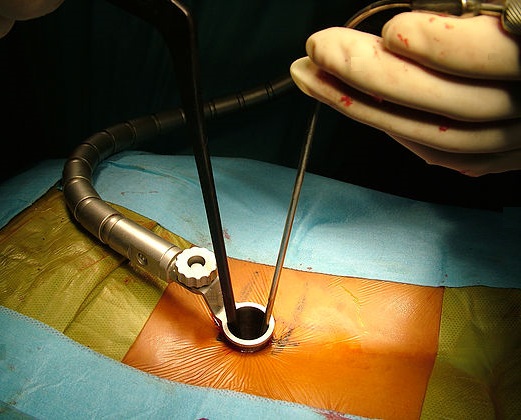
3. Endoscopic Spine Surgeries (KEY HOLE SURGERY)
This spine surgery uses a tiny video camera called an endoscope—which is smaller than a dime—to pass through small surgical incisions (usually less than 1 cm) to access your spine.

Sub: Minimally Invasive Spine surgery (MIS) was performed on a congenital bleeding disorder lady successfully. 47 years old lady frim erode had road traffic accident(RTA)...
Read More